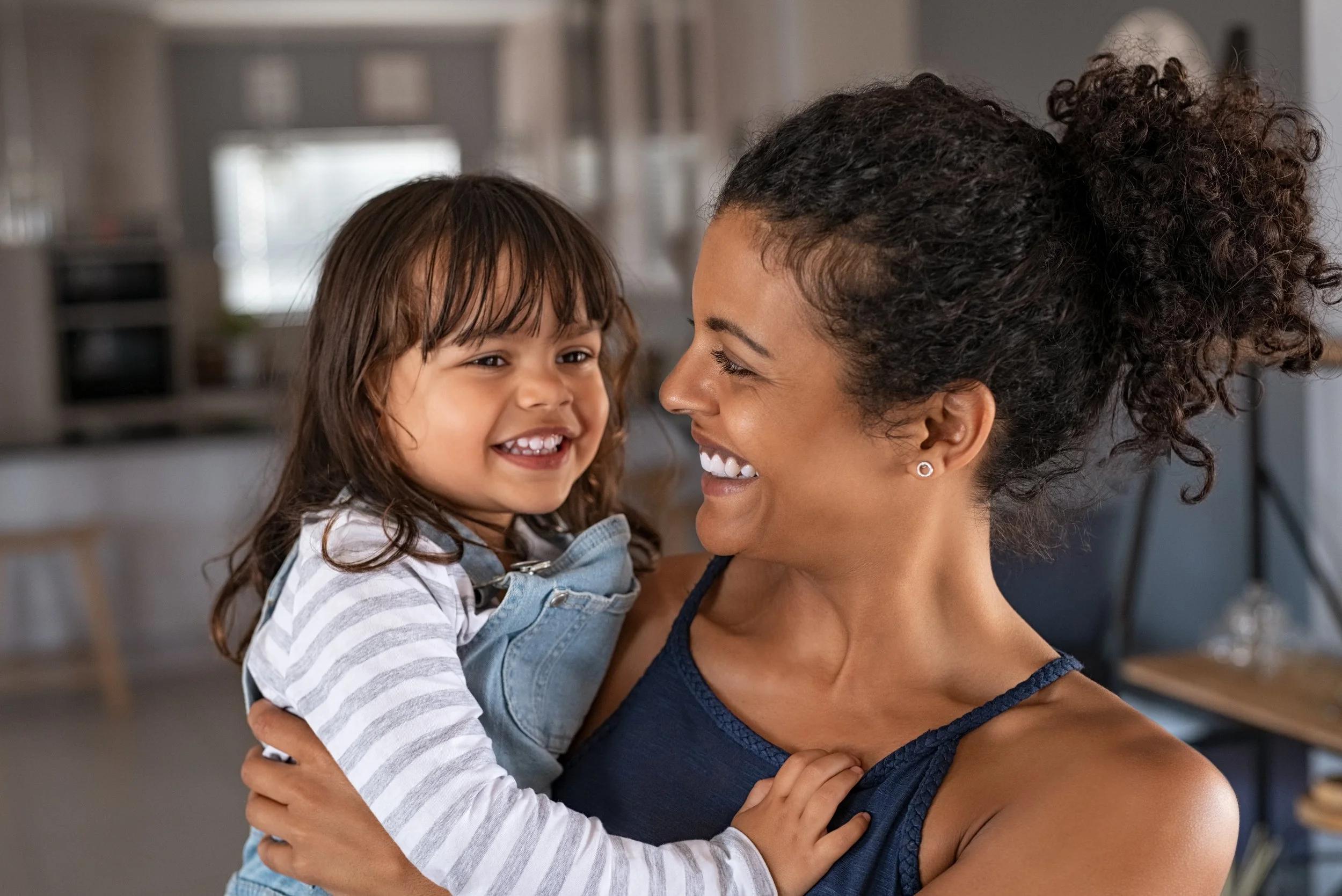Am I Safe?
“Am I safe?” is a question all brains, when they come into the world, are pre-wired to ask. It’s a part of all activities, interactions, and situations from the moment we leave the womb. But because most people DO feel safe most of the time, we don’t always realize how important that single question is. Here’s what I mean.
When we were infants, we generally felt pretty good. Sure, if we got a wet or dirty diaper, we cried, but when someone changed us, we calmed right down. If we got hungry, someone fed us and we calmed right down. If we got tired, we cried, but once we had some sleep, we calmed right down.
We felt safe.
As adults, we get up in the morning and we feel pretty good (a bit tired, maybe, but generally fine most of the time); we go outside and hear the noise of the world and feel pretty good (even if a fire truck roars by for a moment); we go to work or school or a store and feel pretty good (even if there are noises and bright lights and lots of other people there).
Overall, our brains give us a sense of safety that allows us to move through the world and do the things we want to do.
And so for most of us, the answer is almost always (and has been, since we were very young), “yes, I am safe”. (This is called “neurotypical”, by the way).
Not Orchids.
For Orchids Kids and Orchid Adults with neurodivergent brains, the answer to “am I safe” is often “no, I am NOT SAFE!”
For people with “I am not safe” Brains, the world feels threatening and dangerous. A dog walking by, a car speeding past, a seam in a sock, an unknown person saying hello, a known person saying hello, Grandma arriving from out of town, a classroom with humming lights and so many moving bodies in it, an oral report, an exam, a school day with so many demands being placed.
All of these experiences signal to Orchid Kids’ brains that they are UNSAFE. They are triggers that the brain should go into fight, flight, freeze or fawn mode, ASAP.
And here’s the kicker.
Perception is reality for brains. It doesn’t matter that there is no saber-toothed tiger hunting them down. The neurological mechanism for survival and safety has been tripped and there is no going back.
Getting safe becomes Priority Number One, and that can show up in some different ways.
Demand Avoidance/ “Escape Behaviors” (also called PDA, pervasive demand avoidance or persistent demand for autonomy): by not “complying”, brains are staying safe.
Stimming behaviors (also called self-stimulatory behaviors or stims): these are behaviors like flapping, jumping, humming, yelling, picking skin/hair, biting nails, etc. which are all attempts to calm down a struggling nervous system.
Aggression: hitting, lashing out physically or verbally is a “fight” response to threat.
Withdrawal/”Zoning out” (also called dissociation or ADHD inattentive type): when the going gets tough, the brain gets going - OUT of the situation mentally if not physically.
Hypervigilance (also called OCD, or extreme anxiety): maybe if I make everything the way it’s supposed to be, I’ll feel safe.
Ok, but what’s a parent to DO?
Drop as many demands as you can.
Then drop the demands that you think you can’t.
Then examine the demands that you still have and see if you can drop those too.
Make the world as predictable and slow as you can for you and your kiddo.
Then make it even slower and more predictable.
If this sounds radical, that’s because it IS.
An approach that goes against forcing children (and ourselves) to DO THINGS is completely against most parenting advice, and most human-ing advice.
And yet, if we accept that brains demand Safety First (and we should: it’s basic neuroscience, y’all), then we get to “radical” pretty darn quick.
If you’ve read this and thought, “yeah, that sounds right, but I couldn’t possibly DO that”, I invite you to consider coaching as a way of training your brain on how to create safety for your child’s brain.
Fighting against a brain that’s stuck in a Nervous System crisis of flight/fight/freeze/fawn is a losing battle. Brains will always prioritize survival.
And so, to truly support Orchid Kids (and Orchid Adults), we must prioritize their sense of safety above all else.
Turns out, life really is about “Safety First”.
This article was originally published in Washington Parent Magazine in August 2024.
